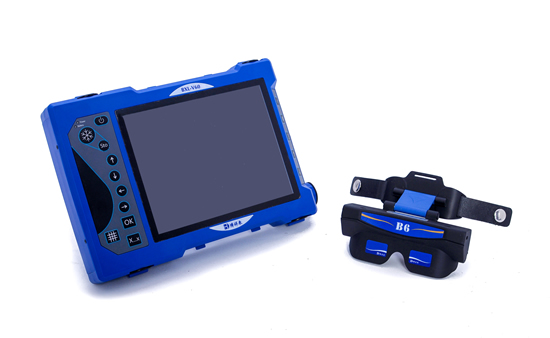Veterinary ultrasound equipment has become an essential tool in modern veterinary medicine, allowing for rapid and accurate diagnostics of various health conditions in pets. This quick guide will provide an overview of the key features, benefits, and considerations when choosing veterinary ultrasound equipment, helping veterinarians and pet owners understand its vital role in pet care.
What is Veterinary Ultrasound Equipment?

Veterinary ultrasound equipment is a diagnostic tool that uses high-frequency sound waves to create real-time images of a pet's internal organs and structures. This non-invasive imaging technique helps veterinarians evaluate a pet’s health, diagnose conditions, and guide treatment decisions without the need for invasive procedures.
Key Components of Veterinary Ultrasound Equipment
Transducer: The transducer is the handheld device that emits and receives sound waves. Different types of transducers can be used for various applications, such as abdominal imaging or cardiac assessments.
ultrasound machine: The main unit processes the sound waves and converts them into visual images. Modern ultrasound machines are often portable and equipped with advanced imaging software.
Display Monitor: The display monitor shows the ultrasound images in real-time, allowing veterinarians to assess the pet’s condition during the examination.
Gel: A specialized ultrasound gel is applied to the pet's skin to ensure proper transmission of sound waves between the transducer and the body.
Storage and Software: Many ultrasound systems come with integrated software that allows for image storage, analysis, and reporting, facilitating easier follow-up and communication with pet owners.
Benefits of Veterinary Ultrasound Equipment
Non-Invasive: One of the most significant advantages of ultrasound is that it is non-invasive, meaning it does not require surgery or sedation, making it safer for pets.
Rapid Diagnostics: Ultrasound provides immediate results, enabling veterinarians to diagnose conditions quickly, which is crucial in emergencies or for chronic health issues.
Comprehensive Imaging: Ultrasound offers detailed views of soft tissues and organs that may not be visible through other imaging methods, allowing for more accurate assessments.
Guided Procedures: Ultrasound can assist in performing procedures such as biopsies or fluid aspirations with greater precision, reducing the risk of complications.
Versatile Applications: Veterinary ultrasound can be used for various diagnostic purposes, including abdominal evaluations, cardiac assessments, pregnancy monitoring, and more.
Choosing the Right Veterinary Ultrasound Equipment
When selecting veterinary ultrasound equipment, consider the following factors:
Portability: If your practice requires mobility, look for lightweight, portable ultrasound machines that can be easily transported.
Image Quality: High-resolution imaging is crucial for accurate diagnostics. Evaluate the specifications and performance reviews of different machines.
User-Friendly Interface: A system with an intuitive interface can streamline operations and reduce the learning curve for staff.
Cost and Budget: Veterinary ultrasound equipment can vary significantly in price. Assess your budget and explore financing options if needed.
Support and Training: Choose equipment from reputable manufacturers that offer support, training, and maintenance services to ensure optimal performance.
tags: Veterinary Ultrasound EquipmentVeterinary Ultrasound


